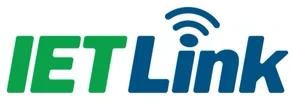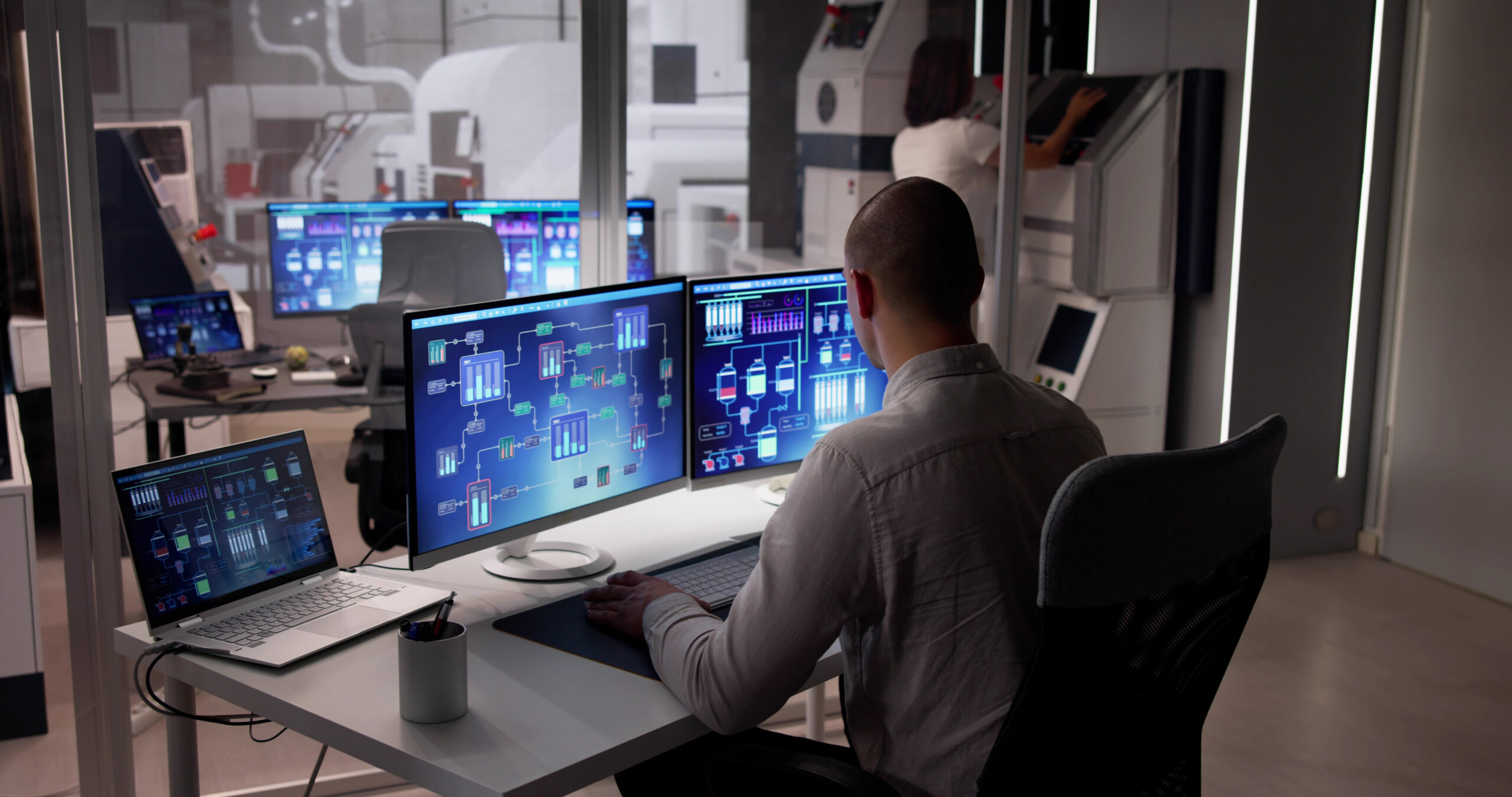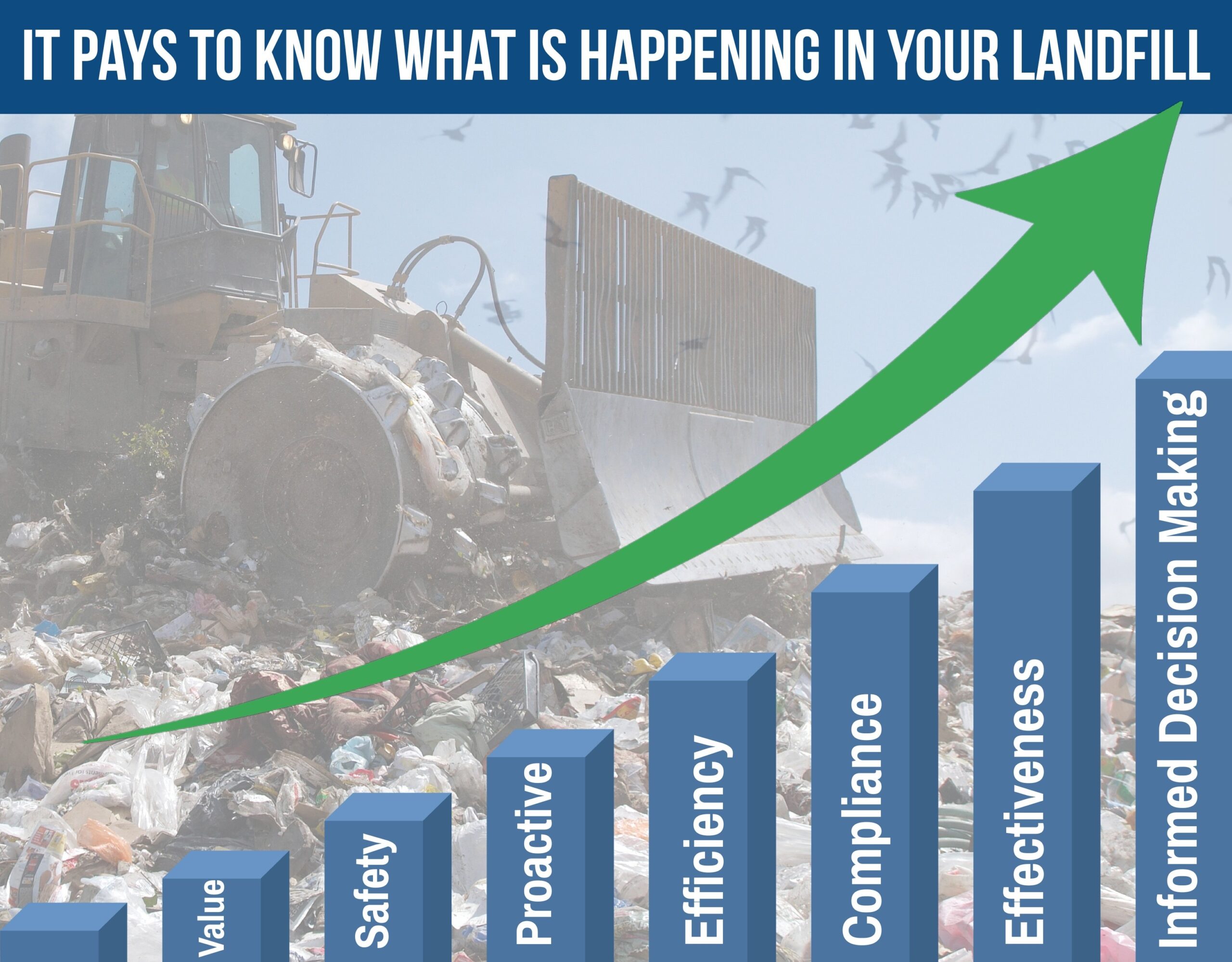Data Acquisition versus Supervisory Control: What Do You Really Need?
Data Acquisition versus Supervisory Control: What Do You Really Need?
By: David Petty, CPA, MBA
CFO – Integrated Environmental Technology
Introduction
• Overview: Many facilities face a crucial decision when selecting monitoring systems: do they require full supervisory control, or is remote data acquisition sufficient?
• Premise: This document explains the difference between Supervisory Control and Data Acquisition (SCADA) systems and remote data acquisition, highlighting that most facilities benefit more from focused, real-time data insights than full control capabilities.
Understanding the Systems
1. What is SCADA?
o SCADA systems provide both monitoring and supervisory control of operational equipment, allowing users to control processes remotely.
o Use Case: Ideal for complex operations requiring remote intervention, such as dynamic industrial processes.
2. What is Remote Data Acquisition?
o Remote data acquisition focuses solely on collecting and reporting operational metrics in real-time.
o Use Case: Best suited for applications where informed decision-making is the primary goal, rather than direct operational control.
Key Attributes of Each System
|
Attribute |
SCADA Systems |
Remote Data Acquisition |
|
Capabilities |
Monitoring + Supervisory Control |
Real-Time Monitoring + Analytics |
|
Complexity |
High |
Low |
|
Cost |
Significant upfront and maintenance expenses |
Cost-effective setup and maintenance |
|
Infrastructure |
Requires robust infrastructure and power supply |
Can operate in remote or power-constrained areas |
|
Decision-Making |
Real-time control |
Actionable insights for informed decisions |
When to Choose Remote Data Acquisition
• You Prioritize Data Over Control: Most facilities only need accurate, real-time data to make proactive, informed decisions.
• Cost Matters: Avoid paying for supervisory control features you don’t need.
• Remote Location Challenges: Operate in areas without consistent power or internet connectivity.
• Compliance and Reporting Needs: Ensure regulatory compliance with a streamlined and reliable solution like IETLink.
Why Remote Data Acquisition is Often the Best Fit
• Efficient Use of Resources: Focus on critical metrics without the complexity of SCADA.
• Cost-Effectiveness: Lower initial investment and maintenance costs.
• Scalability: Easily deployable across multiple locations, including remote or unmanned sites.
• Ease of Use: Simplified dashboards with mobile and desktop access for real-time insights.
How IETLink Supports Your Data Needs
• Real-Time Monitoring: Get instant access to metrics like tank levels, flow rates, gas emissions, and more.
• Proactive Alerts: Notifications and alarms to address issues before they escalate.
• Tailored for Your Needs: A bolt-on solution that integrates with existing systems, avoiding overhauls.
• Accessible Anywhere: Cloud-based dashboards provide insights at a glance.
• Optimized for Compliance: Historical data and analytics support regulatory reporting.
Conclusion
• Final Thought: Supervisory control may sound appealing, but for most operations, remote data acquisition delivers everything you need without unnecessary complexity or cost.
• Call to Action: Contact IETLink today to learn how our tailored solutions can help your facility make smarter, data-driven decisions.







